作物基因工程的總體目標(biāo)是對(duì)現(xiàn)有作物進(jìn)行有益的改良。初創(chuàng)公司Arvegenix的開(kāi)發(fā)團(tuán)隊(duì) 致力于將雜草 Field Pennycress(Thlaspi arvense)轉(zhuǎn)化為有用的多功能產(chǎn)品。竹enny自然地居住在耕地和荒地中,其內(nèi)在價(jià)值非常有限。Arvegenix正在利用植物育種和基因組學(xué)技術(shù)開(kāi)發(fā)一種被稱(chēng)為Covercress的仙女變種。它是為中西部農(nóng)民設(shè)計(jì)的,他們通常從春季末到夏季輪流種植玉米/大豆/玉米,然后在秋季和冬季不使用土地(機(jī)會(huì)錯(cuò)失)。
新工廠設(shè)計(jì)有多種用途:
充當(dāng)農(nóng)作物,保護(hù)裸露的土地免受侵蝕和養(yǎng)分流失;
本身用作新的可收獲商品,而不影響現(xiàn)有的農(nóng)作物輪作。處理該植物將產(chǎn)生:
適用于色拉調(diào)料的油,類(lèi)似于低芥酸菜子,并用作燃料來(lái)源;和一頓蛋白質(zhì)含量> 40%的膳食,適合用作動(dòng)物飼料補(bǔ)充劑。
天然的豆瓣菜無(wú)法產(chǎn)生這些有用的產(chǎn)品,因此Arvegenix會(huì)培育出新的變種并選擇具有更理想特性的后代。一旦確定了改進(jìn),就需要某種方法來(lái)跟蹤從一代到下一代,因?yàn)椴⒎窍乱慌N子都具有該特性。在作物發(fā)展方面,Arvegenix與John Sedbrook的實(shí)驗(yàn)室合作是伊利諾伊州立大學(xué)(Illinois State University)領(lǐng)先的研究者,他是女巫遺傳轉(zhuǎn)化的先驅(qū)。John的實(shí)驗(yàn)室能夠成功地使用zui初源自海洋無(wú)脊椎動(dòng)物的紅色熒光蛋白(RFP)作為遺傳傳遞的視覺(jué)標(biāo)記。帶有此視覺(jué)標(biāo)記的任何種子和植物在用適當(dāng)?shù)墓庠凑丈鋾r(shí)都會(huì)發(fā)出明顯的紅色。John的實(shí)驗(yàn)室在此部分操作中使用了美國(guó)nightsea DFP-1雙熒光蛋白手電筒及其相關(guān)的熒光拍照濾鏡。您可以在下面的圖片中看到此技術(shù)的簡(jiǎn)便性和價(jià)值。
 使用NIGHTSEA DFP識(shí)別表達(dá)紅色熒光蛋白的幼苗
使用NIGHTSEA DFP識(shí)別表達(dá)紅色熒光蛋白的幼苗

RFP陽(yáng)性和陰性幼苗的熒光圖像

RFP陽(yáng)性和陰性黃色種子的熒光圖像
Crop Genetic Engineering and Fluorescence
Crop genetic engineering has the general goal of making useful improvements in existing crops. The development team at startup Arvegenix is aiming to transform a weed, Field Pennycress (Thlaspi arvense), into a useful, multifunctional product. Pennycress naturally populates both cultivated land and wasteland and has very limited intrinsic value. Arvegenix is using plant breeding and genomics techniques to develop a variant of pennycress that they call covercress. It is designed for Midwest farmers who typically grow corn/soybeans/corn in rotation from the late spring through the summer, with the land then going unused in the fall and winter (a lost opportunity).
The new plant is designed to have multiple uses:
Act as a cover crop, protecting otherwise bare fields from erosion and nutrient loss;
Serve as a new harvestable commodity in itself, without affecting the existing crop rotation. Processing the plant would produce:
an oil suitable for use in salad dressings, similar to canola, and as a fuel source; and
a meal with >40% protein, suitable for use as an animal feed supplement.
Natural pennycress cannot yield these useful products, so Arvegenix breeds new variants and selects offspring with more desirable properties. Once an improvement is identified there needs to be some way to track it from one generation to the next, since not all of the next batch of seeds will carry that trait. In its crop development efforts, Arvegenix has collaborated with the laboratory of John Sedbrook, a leading pennycress researcher at Illinois State University, who has pioneered genetic transformation of pennycress. John’s lab was able to successfully use a red-fluorescent protein (RFP) originally derived from a marine invertebrate as a genetically transmitted visual marker. Any seeds and plants that carry this visual marker will glow distinctively red when illuminated with an appropriate light source. John’s lab is using the NIGHTSEA Model DFP-1 Dual Fluorescent Protein Flashlight with its associated filter glasses for this part of the operation. You can see the ease and value of this technique in the images below.
Reference: McGinn, M., Phippen, W. B., Chopra, R., Bansal, S., Jarvis, B. A., Phippen, M. E., … & Durrett, T. P. (2018). Molecular tools enabling pennycress (Thlaspi arvense) as a model plant and oilseed cash cover crop. Plant Biotechnology Journal. doi: 10.1111/pbi.13014

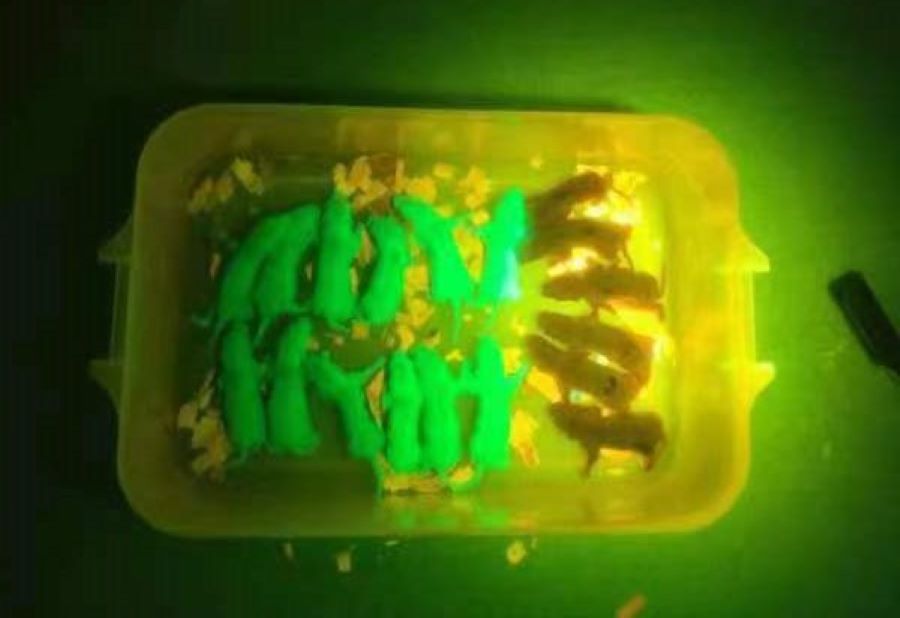
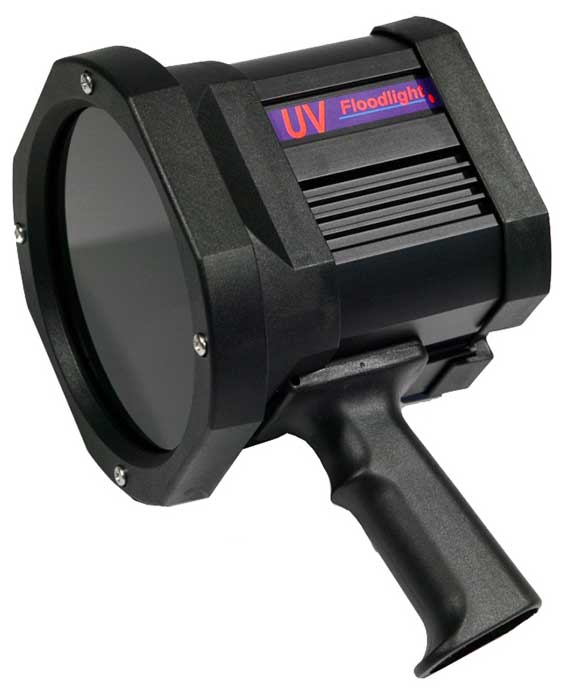

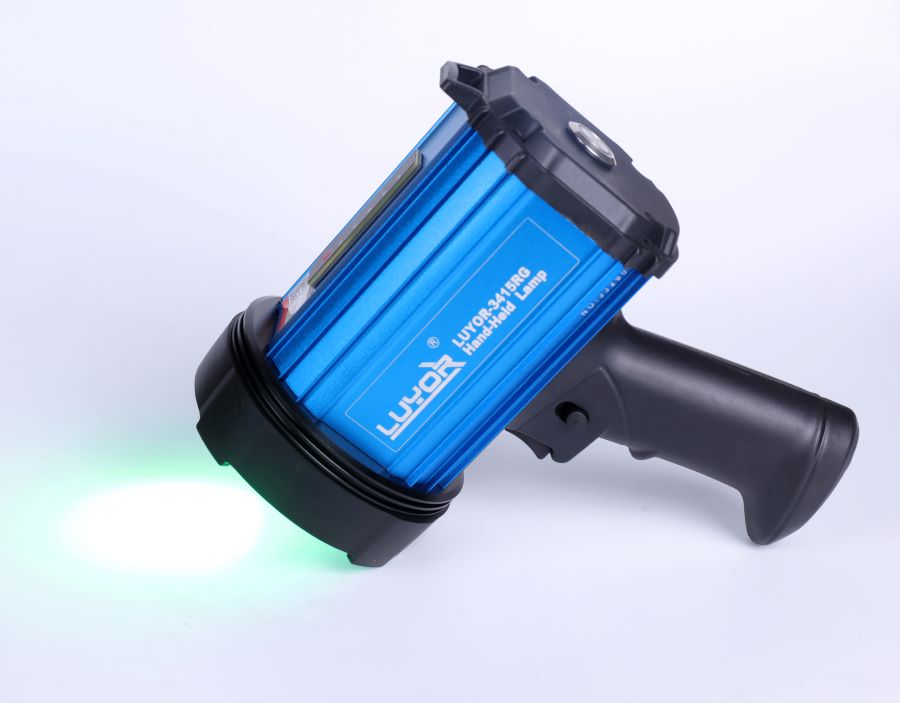
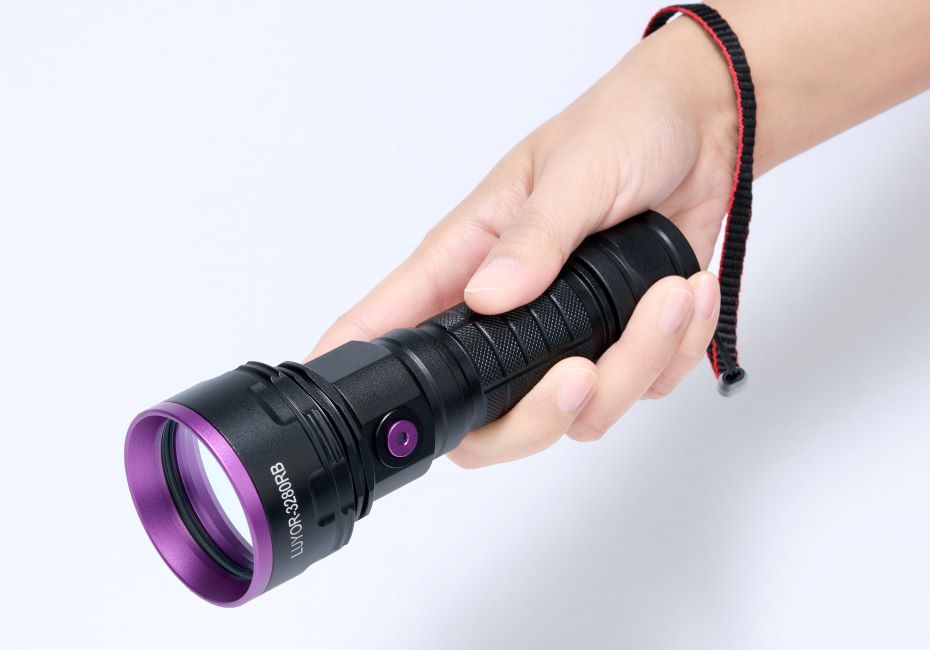
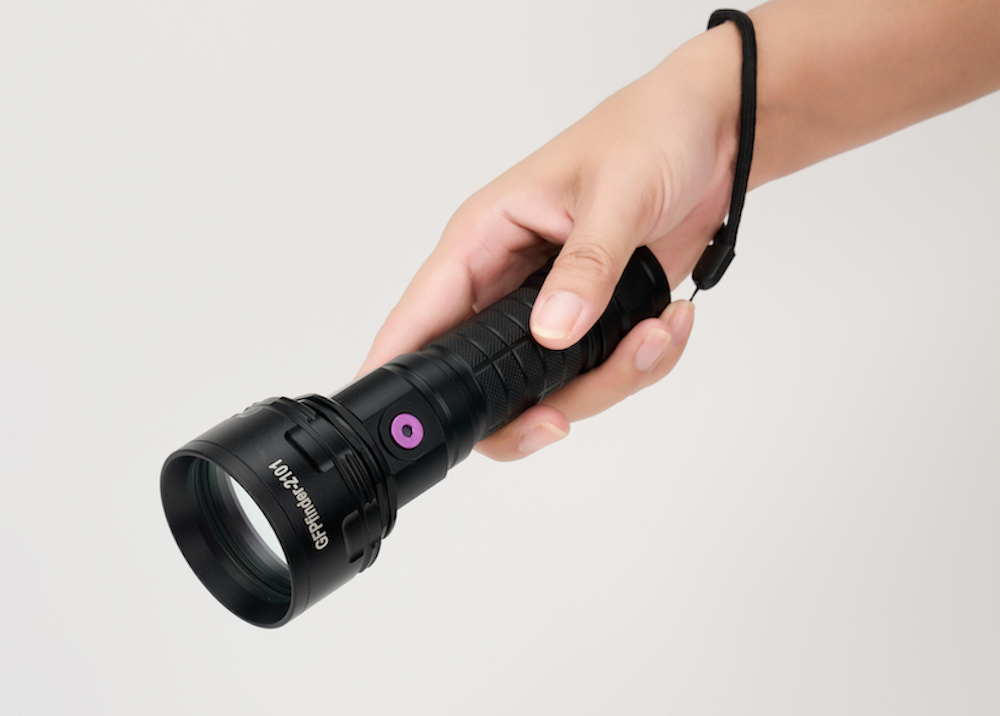
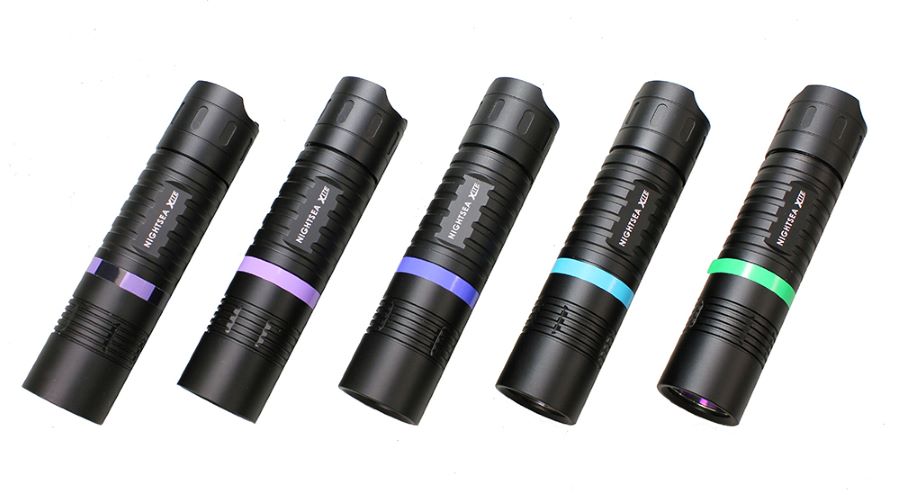
 添加微信咨詢(xún)!
添加微信咨詢(xún)!